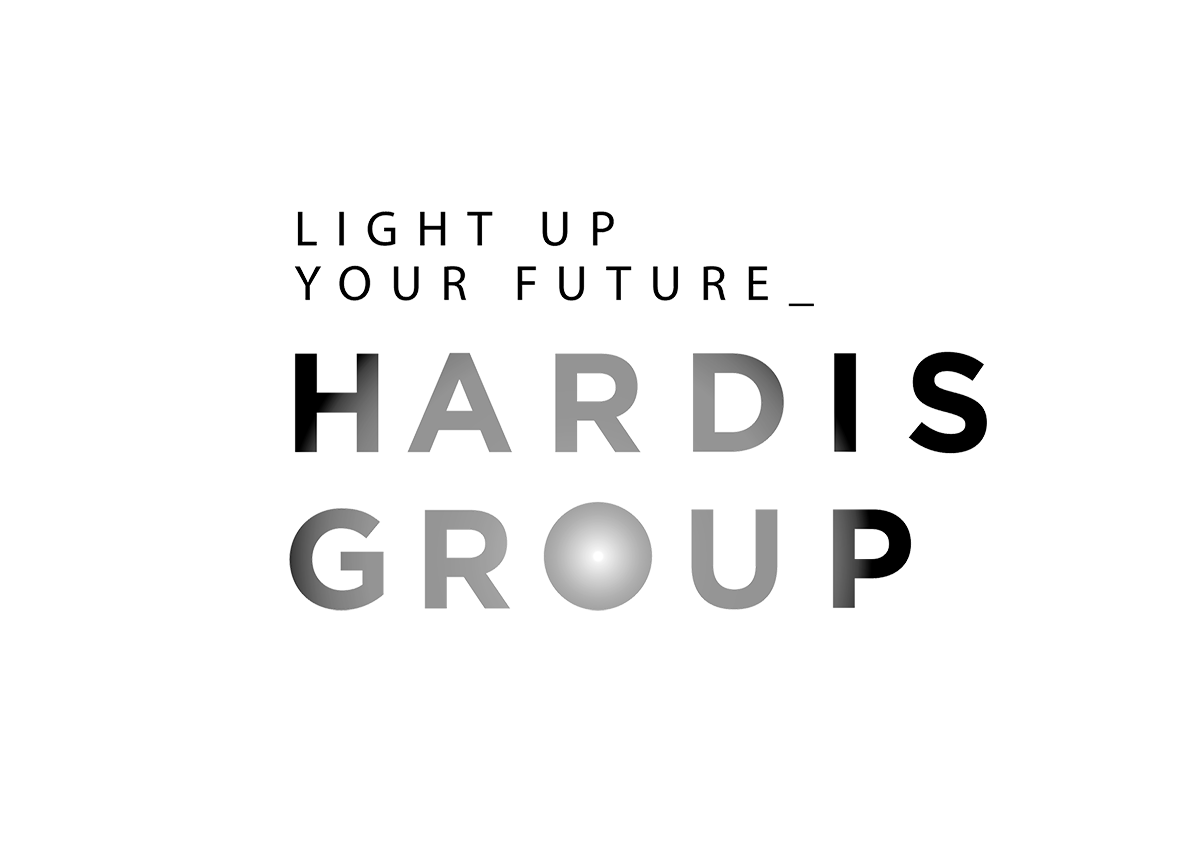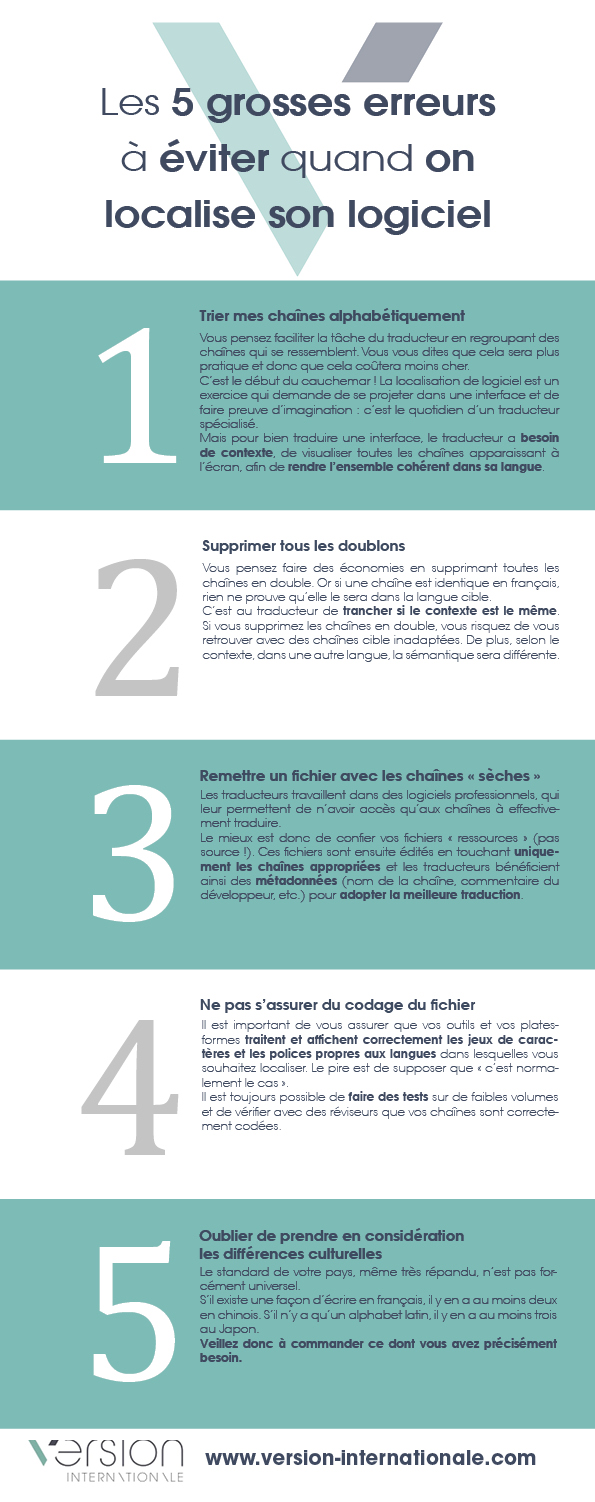




Our level of expertise enables the localisation of your solutions to fully meet your international goals.
We work with specialist linguists and computer engineers who speak your language and know precisely how to respond to your problem.
We can localise content and technical aspects
in light of the cultural and professional
particularities of your target audience.
We can build your project together by breaking down what you already have and by anticipating technical and linguistic constraints.
We can create the translation based on the terminology used in your company and your field. We can help you articulate them consistently.
We can work in your IT ecosystem from the start of the project to the testing phase.
Send us your translation project for a quote.
We will get back to you within an hour (during office hours).
In light of this, every company should be aware of the opportunities inherent to a hyperconnected world and to the possibilities that localising its solutions and materials can open up for a successful expansion abroad.
IT localisation projects are often more complex than they appear. The user interface often requires adaptations that should ideally be planned for from your initial release.
Most knowledgeable software publishers will have understood the importance of the internationalisation phase by integrating the process right from the design stage, by dedicating human and financial resources to it, and by reserving a specific step for it during the solution’s development. When it comes to resources, they make sure their team has localisation managers working alongside UX writers to make their multilingual development a success and as stress-free as possible. But this level of preparation and the resources required are not necessarily within everyone’s reach. All you need to know is that when it was not planned ahead, localisation may require you to redevelop your solution. Even without a high-functioning dream team, good foresight should make your job easier.
Some languages can be more difficult. The direction of the writing (left <> right), the type of alphabet and the characters are all features that should be taken into account.
In addition, the localisation of charts, scripts or any other medium containing symbols should not be overlooked. These details are not trivial and must be carefully considered. You would spot these defects at one point or another, so you might as well keep them in mind before launching the project.
Besides language, the cultural aspect is also important here, since terminology use varies between countries. This approach is essential for marketing content, and it is equally important when translating your IT solutions. It impacts how easy your tools are to use and understand, and as a result, the level of user engagement with them.
As you have gathered, a detailed preparation phase is essential before starting the translation in order to properly establish your content and format requirements (file type, technical constraints, number of characters allowed, abbreviations, glossaries, etc.).
Managing technical and terminology constraints is paramount, and it is important to clearly define the project at the start to avoid any setbacks. Once again, discussing the project in depth is essential, so we can fully understand your target audience: are they engineers, technicians, accountants or the general public? The choice of terminology must be appropriate and relevant to your audience.
If you have already written an in-house terminology guide, this will be used as a point of reference. If you have never worked on this before, we can help you create one, it and in any case, we can follow the terms used in your industry. However, some of your product’s specific features are trademark and should be conveyed in the target language. We recommend thinking carefully about the vocabulary that is specific to you in order to perfectly translate not only your words, but also your identity.
One of the main difficulties in translating software, video games and other interfaces is the lack of context. Allowing the translator to have access to the interface, just like any other user, provides valuable help. They can then understand how the terms fit together as a whole and how they interact by viewing them on the screen.
In addition, preparing the translatable materials well should make the translator’s task easier. Some choices that you may make in the belief that they would make the translator’s life easier may have the opposite effect. For example, sorting your strings alphabetically undoubtedly leads to a poorer result because the translator needs to be able to follow some form of logic. Removing duplicates, often to save money, does no service to the translator either, because, depending on the context, it may be a duplicate in the source language but not necessarily in the target language. The same goes for the decision to just provide seemingly “random” strings for translation, as it is important to see how the entire text unfolds for context. In any case, it is better for the translators to have (read-only) access to information like the string type or the developer’s comments.
Lastly, it is worth nothing that our specialist tools are able to isolate parts while preserving the integrity of the rest and manage any specifics. We must define them precisely at the start of the project. (For more information, see 5 mistakes to avoid).
At the end of the project, we schedule a testing phase to ensure that the software works correctly and that the interface is free of errors in the target language. In particular, this makes it possible to check that navigation features (dialog boxes, buttons, menus, etc.) have been adapted properly and that sequences are correct, and to identify any changes or improvements to be made, whether required or simply preferred.
IT localisation is a very specialised field of translation that cannot be made up as you go along. The technical aspect requires special expertise and know-how. Version internationale has more than 30 years’ experience in the field and has long worked for leading publishers in their market.
Our teams are well versed in IT localisation, and our resources made up of specialist linguists and computer engineers are the best guarantee of your project’s success.
Our client is the world leader in designing professional software that interacts with each company’s own cloud and data centre. The company supplies a large number of multinational businesses. New products are released regularly, and their distribution requires translation and translation updates. In addition, the company regularly purchases other software publishers, which complements its product range.
The IT products are varied and very complex. They can be broken down into several product families in very diverse fields that sometimes have very little in common. The translation of any given term may vary from one product to another. The complexity and the variety of the products require translators to have a true grasp of the software features. Perfect consistency between the user interface and the various user support materials is expected(online help, documentation, training support, etc.).
In short, the client wants impeccable quality, which requires a stable and reliable team over the long term, as well as simple and efficient communication between our project managers and client reviewers.
We have implemented a tailor-made methodology:
– Use of highly specialised termbases
– Use of a cloud-based platform to manage both the translators’ questions and the client’s answers in real time
– Reporting issues in the source text, so they can be corrected by developers and editors.
On the production side, tools developed in-house have been put in place to enable all translators working simultaneously on these projects, whether in-house or external vendors, to discuss any linguistic and technical issues in real time (new terms, clarification requests, inconsistent content, etc.).
All of these discussions are supervised by our in-house “head linguist”. The team makes every effort to resolve problems pre-emptively. This enables greater efficiency and greater reliability, both in the quality of our translations and in meeting deadlines.
Custom quality controls have also been put in place for this client. They enable us to keep an eye on aspects that we know are sensitive.
Finally, very strict in-house recruitment has enabled us to only allocate these tasks to translators who meet certain conditions. Initial and ongoing training for the resources involved in this translation project rounds off this successful system.
This has led to 20-year partnership with this client, who has complete faith in us. Very high volumes processed each year, with consistent quality and unfaltering responsiveness.
Our client, one of the leaders in the IT and mobile industry, sells an operating system for mobile phones. It regularly provides updates for its customers. These updates must be translated while respecting strict length restrictions to ensure the text displays correctly on mobile devices.
The translations must be precise and skilful, and each string must not exceed a certain number of characters. Indeed, the features must be clear and display fully on the screen. That is what will enable the client to provide an optimal user experience.
We have to assure our client that the delivered translation is not only the most appropriate linguistic choice, but also that the text respects the required length restrictions.
In practical terms, our computer engineer developed a program in house that adapts to the client’s restrictions. The program automatically calculates the length of each string and blocks additional characters being added. This tool ensures that there are no mistakes and enables our translators to focus on their linguistic task rather than on counting characters. It also saves our client from having to invest in a time-consuming and costly testing and verification phase.
Send us your translation project for a quote.
We will get back to you within an hour (during office hours).
